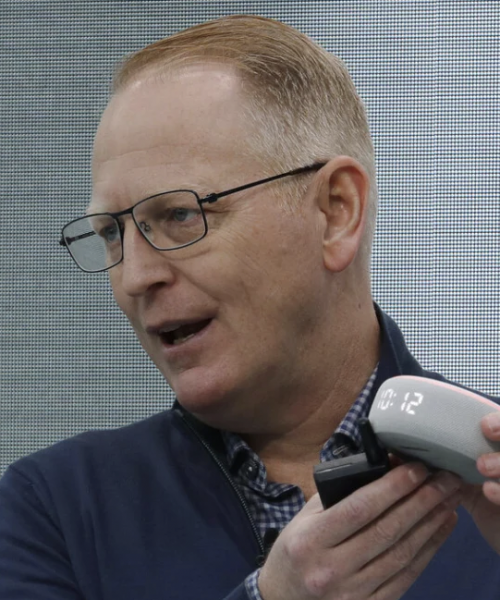By Beth Ward, for The Atlanta Journal-Constitution
Troy Warren for CNT #Health
A new study from the Stanford University School of Medicine has found that brain organization differs between girls and boys with autism, suggesting the need for more gender-specific treatment and diagnosis.
Autism is a broad-range developmental disorder affecting thousands of people around the world. Its symptoms, which include communication deficiencies, social difficulties and motor and behavioral issues, exist across a wide spectrum of severity. Autism has long been considered a male condition — one diagnosed in four times as many boys than girls, according to Autism Speaks. When girls do receive an autism diagnosis, the Cleveland Clinic reports that it is often much later, delaying critical treatment.
Autism research has also historically focused on male patients, but studies like this most recent one, conducted by a team of researchers at Stanford, suggest that there are important differences in autism’s presentation in girls and boys — differences that could help better inform diagnosis and treatment.
The new study, published in February in the British Journal of Psychiatry, analyzed functional MRI brain scans from 637 boys and 136 girls with autism. These were compiled from data collected at Stanford and from public databases of brain scans from around the world. Researchers noted the large disparity in the number of girls in the study compared to boys as reflective of a historical disparity in autism research, and one of the key factors in the delay of diagnosis and treatment for girls with autism.
Because of the number disparity, researchers also had to rely on a new statistical approach outside of traditional mathematical algorithms in order to accurately analyze the scans.
“When I tried to identify differences (with traditional methods), the algorithm would tell me every brain is a male with autism,” Kaustubh Supekar, Ph.D., the study’s lead author, told Stanford Medicine News Center. “It was over-learning and not distinguishing between males and females with autism.”
Using a newly developed algorithm that was able to more accurately distinguish between male and female brains with autism, researchers looking at the brain scans were able to identify “significant differences” between the brains of girls with autism and boys with autism.
Girls with autism have different patterns of connectivity than boys in various brain centers, including their motor, language and visuospatial attention systems. Researchers also discovered that girls with brain patterns most similar to boys have the most pronounced motor symptoms and that autism-related language impairments differ between girls and boys.
Understanding these differences could be critical in diagnosing girls earlier, and providing the best and most effective treatments and interventions to both girls and boys living with autism.
“When a condition is described in a biased way, the diagnostic methods are biased,” Supekar said. “This study suggests we need to think differently.”


































